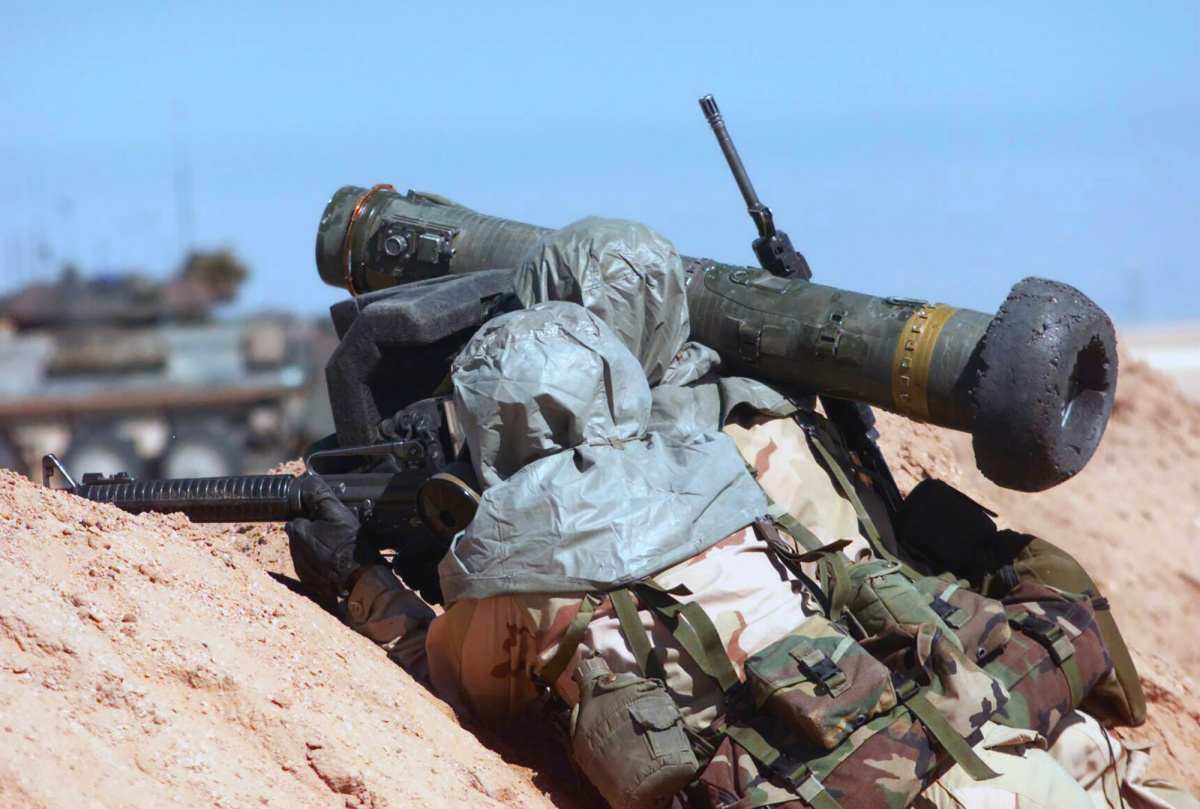El desarrollo de misiles antitanque por parte de CHINA se remonta a la década de los 90´s, donde su sistema denominado HJ 8, fue probado exitosamente en combate en los conflictos de Bosnia, Syria e Iraq. La necesidad de hacer frente a los modernos tanques de batalla de sus potenciales oponentes actuales, motivó el desarrollo de nuevos misiles de última generación. Su secreto fue, tomar como referencia sistemas desarrollados por países líderes en la materia, tales como SPIKE (Israel), JAVELIN ( USA) y KORNET (Rusia). De esta forma los nuevos modelos HJ 10 y HJ12, tienen la virtud de reunir características de los anteriormente nombrados, pero con costos sensiblemente menores.
 In the 1990s, the People’s Liberation Army (PLA) initiated the development of the successors of the HJ-8 antitank guided missile (ATGM). The new ATGMs were to be more modular, have more features and have a longer range. They looked at foreign missiles such as the Spike, Javelin and Kornet. Only recently have we seen the fruits of their labor: the HJ-9, HJ-10 and HJ-12 ATGMs. Given the HJ-8’s success on the battlefield in Bosnia, Syria and Iraq more than two decades after it first saw service, could these missiles pose a future threat to American tanks?
In the 1990s, the People’s Liberation Army (PLA) initiated the development of the successors of the HJ-8 antitank guided missile (ATGM). The new ATGMs were to be more modular, have more features and have a longer range. They looked at foreign missiles such as the Spike, Javelin and Kornet. Only recently have we seen the fruits of their labor: the HJ-9, HJ-10 and HJ-12 ATGMs. Given the HJ-8’s success on the battlefield in Bosnia, Syria and Iraq more than two decades after it first saw service, could these missiles pose a future threat to American tanks?
The HJ-9 is the most conventional upgrade of the HJ-8. Entering development in 1988, it finished development and was revealed ten years later in 1999. The developmental period wasn’t without problems; according to the deputy chief engineer Yang Chunming, guidance was one of the major hurdles that slowed development. During one failed test firing, a test HJ-9 overshot the target and landed in a farmer’s watermelon field. The engineers searching for the missile were assumed to be watermelon robbers by the Chinese villagers, resulting in an incident. Much like the Israeli MAPATS and the South African ZT-3 Ingwe, the HJ-9 is an improved variant of the standard TOW design that the HJ-8 also is a variant of. Like the Israeli and South African designs, the HJ-9 trades the wire-guidance of the TOW and HJ-8 in favor of a laser beam. This allows the missile to be guided more accurately and fly faster. This also increases the maximum range by one kilometer, giving it an effective range of five kilometers. The HJ-9 uses two rocket motors instead of the HJ-8’s one in order to physically be able to shoot out to that range. The laser guidance system can guide to a bit further, 5.5 kilometers, however, at that range the gas used to maneuver the missile may be depleted, limiting the possible angles of maneuver. The HJ-9A improves the HJ-9 further, adding a millimeter wave (MMW) seeker to the missile, effectively making it fire and forget. The most common launch platform for the HJ-9 is the WZ-550 light armored vehicle, a 4×4 wheeled vehicle that can travel at speeds of ninety-five kilometers an hour. Internal sources state that the HJ-9B’s seeker will be up to the PLA’s decision, whether to retain the MMW seeker or to return to laser guidance. In addition, while early HJ-9s lacked the capability to top attack like the TOW-2B Aero, recent advances in Chinese fuzing technology have now made it possible in the HJ-9B.
Fuente: http://nationalinterest.org

